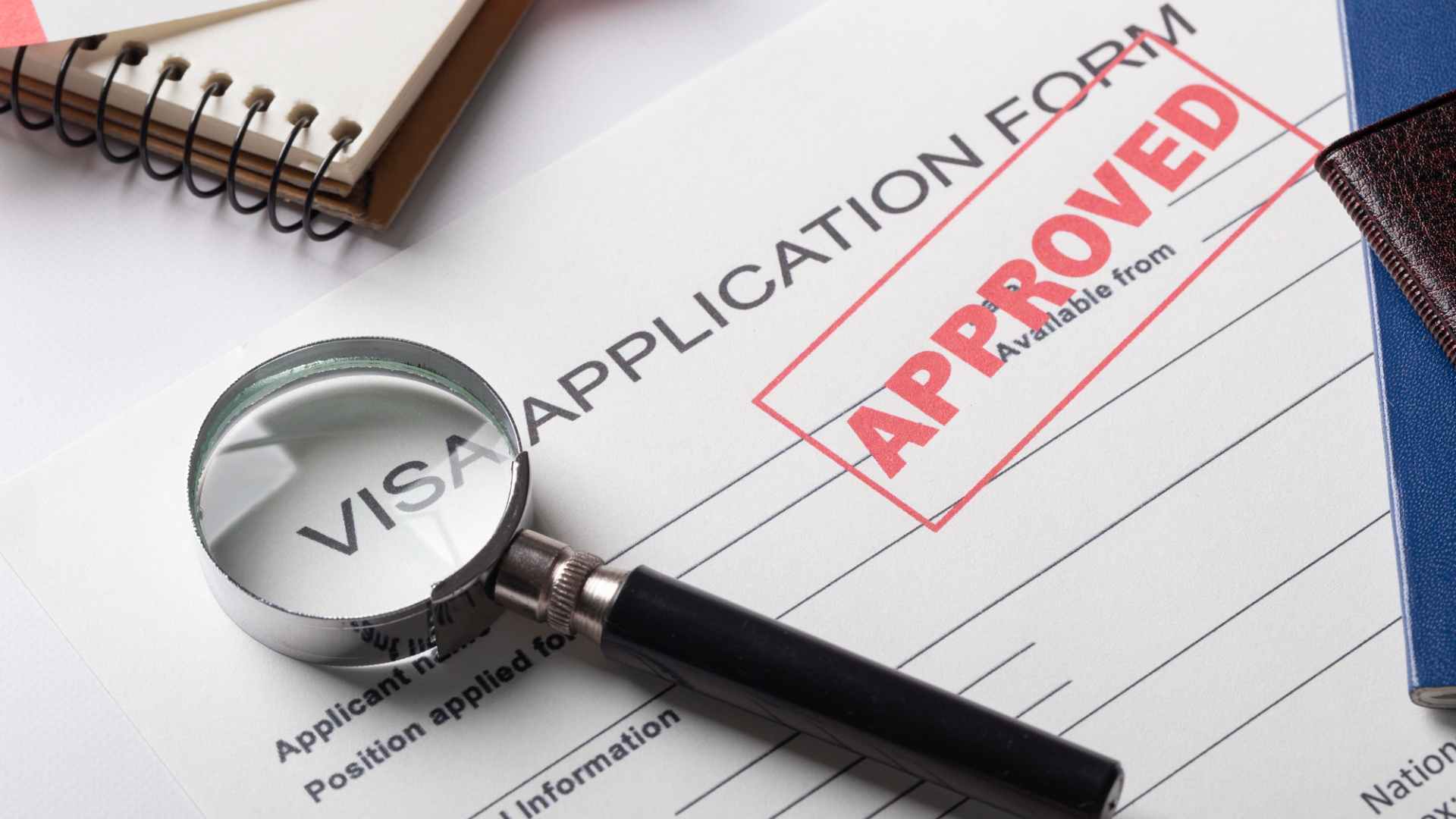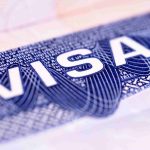The Effects of the H-1B Visa Programme on the American Economy
In the U.S. job market, foreign workers are much needed, especially in the STEM (science, technology, engineering, and mathematics) industries. Employers in the United States looking to hire highly talented foreign workers compete annually for the limited number of H-1B visas allotted by U.S. Citizenship and Immigration Services (USCIS). The demand for H-1B visas has surpassed the supply in previous years due to the low statutory ceiling on visa numbers, and the quota has been reached before the year ends.
Studies reveal that H-1B employees support American workers, close skills gaps in several STEM fields, and increase overall employment prospects. This information sheet addresses several common misconceptions about the H-1B visa category, outlines the petition process, and emphasizes H-1B workers’ significant contributions to the American economy.
An Overview of the H-1B Program
In the past, there has been a labour shortage in the U.S., especially in highly skilled professions where demand has outpaced supply. These professional openings leave more than just that one position unfilled. When a talented individual disappears, it often has a cascading effect on other jobs that would depend on that person, disrupting the whole supply chain.
The U.S. government authorizes eligible enterprises to recruit foreign workers who meet the position’s criteria to address and sidestep this problem at its source. Employers in the U.S. seek highly talented foreign workers, handle all the paperwork and registration, and cover the cost of the employee’s H-1B visa.
The drawback of this system is that only 65,000 H-1B visas are available for firms that do not operate in industries exempt from the quota, such as some higher education institutions and charitable organizations. A further 20,000 visas are granted to applicants who possess advanced degrees.
The employer must register within a specific timeframe to be eligible for one of the visas under this statutory restriction. After submitting their proper registrations, 85,000 “winners” are chosen randomly and permitted to proceed with their petitions. Only some lottery winners will have their visa approved; this is contingent upon several variables, including the validity of the employment offer and the candidate’s qualifications and experience.
A temporary non-immigrant category specifically for people in specialized vocations is the H-1B visa. The beneficiary must have a bachelor’s degree or equivalent, and the employer must certify that the job meets the Department of Labor’s (DOL) and USCIS definition of a specialized occupation.
The recipient of an accepted H-1B visa may work and reside in the U.S. for a maximum of six or three years, with an additional three-year extension.
Which Category Applies To H-1B Visas?
Employers may petition highly educated foreign professionals to work in “speciality occupations” that need at least a bachelor’s degree or the equivalent under the H-1B temporary (nonimmigrant) visa category. Jobs in the medical sciences, engineering, technology, and mathematics are often eligible. An H-1B visa classification typically lasts three years at first, with the possibility of a six-year extension.
An employer must ensure that employing foreign workers won’t negatively impact American workers before they can petition USCIS.
Initially, employers need to certify on a labour condition application (LCA) approved by the Department of Labor (DOL) that hiring an H-1B worker won’t hurt similarly employed Americans’ pay and working conditions. Additionally, employers must notify current employees of their plan to recruit an H-1B worker.
Congress set a yearly cap on the number of H-1Bs granted since the category’s creation in 1990. The current statutory maximum for yearly visas is 65,000, with an extra 20,000 visas available for foreign professionals who complete a master’s or doctoral program at a U.S. institution of higher education (Figure 1). On August 23, 2022, the Fiscal Year F.Y. 2023 ceiling was achieved.
In comparison to the four years before, USCIS initially rejected a higher proportion of H-1B applications under the Trump administration. But in the second part of F.Y. 2020, the denial rates significantly dropped as more and more of these rejections were reversed. The percentage of new H-1B petitions denied for first employment increased from 6% in F.Y. 2015 to a peak of 24% in F.Y. 2018, after which it fell to 21% in F.Y. 2019, 13% in F.Y. 2020, 4% in F.Y. 2021, and 6% in F.Y. 2022 (the two lowest rejection rates ever recorded). In F.Y. 2022 and F.Y. 2021, the percentage of petitions denied for continued employment was 2%, decreasing from 7% in F.Y. 2020 and 12% in F.Y. 2018 and F.Y. 2019.
Conclusion
Although statistics may be contested, it might not be easy to do so when the study consistently supports one conclusion. The statistics about H-1B visas indicate that these individuals make more money than contribute to the general wage economy or earn low wages. Compared to the average U.S. working income of $46,000, the typical salary of H-1B workers is above $100,000. This visa is only available to highly qualified workers, which explains the disparity in pay. These workers have a beneficial economic influence on towns all around the nation because they pay taxes and support the local economy.






